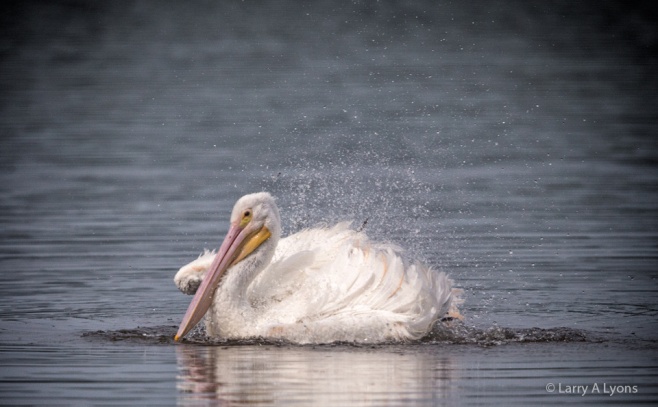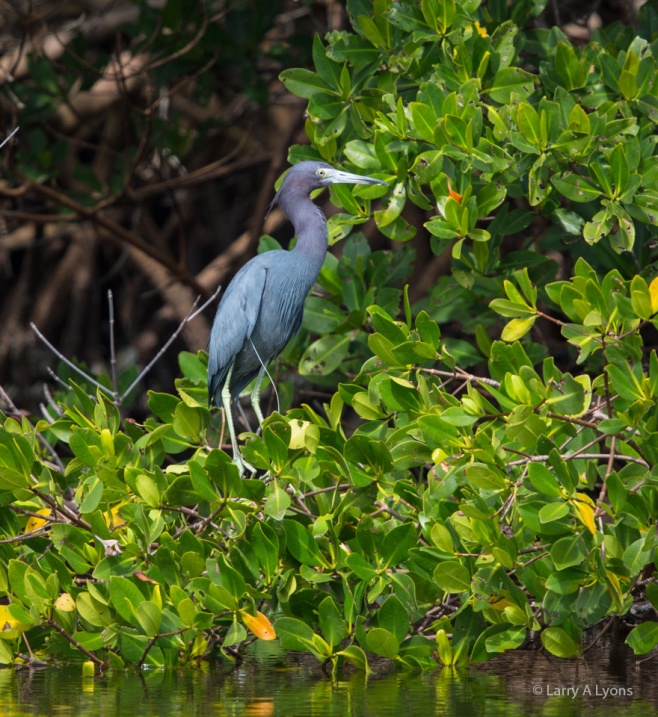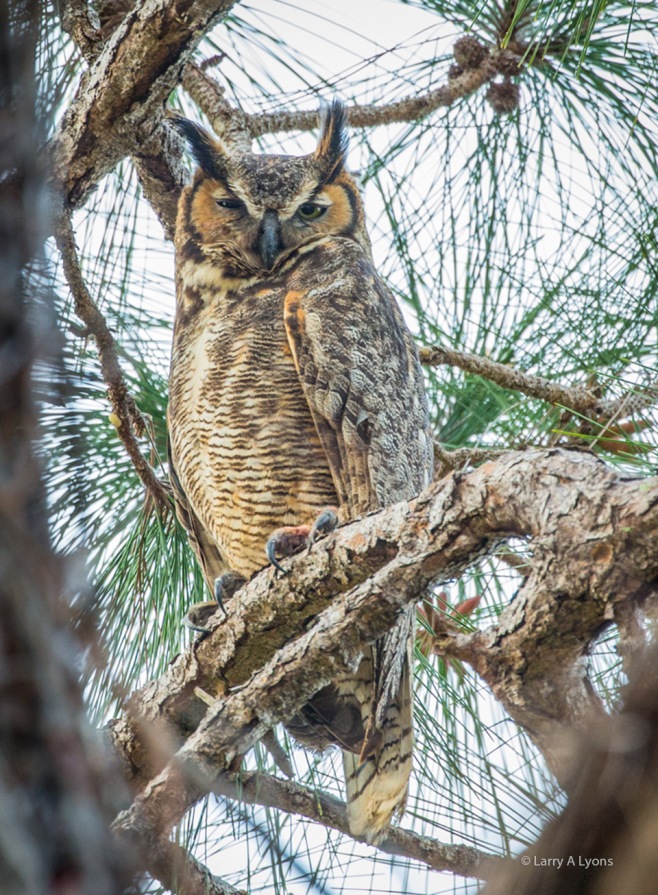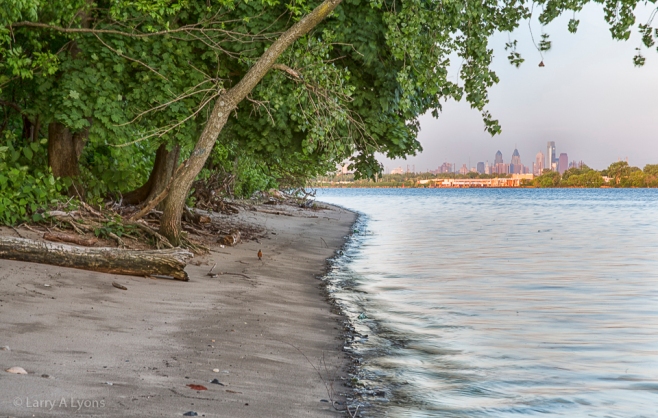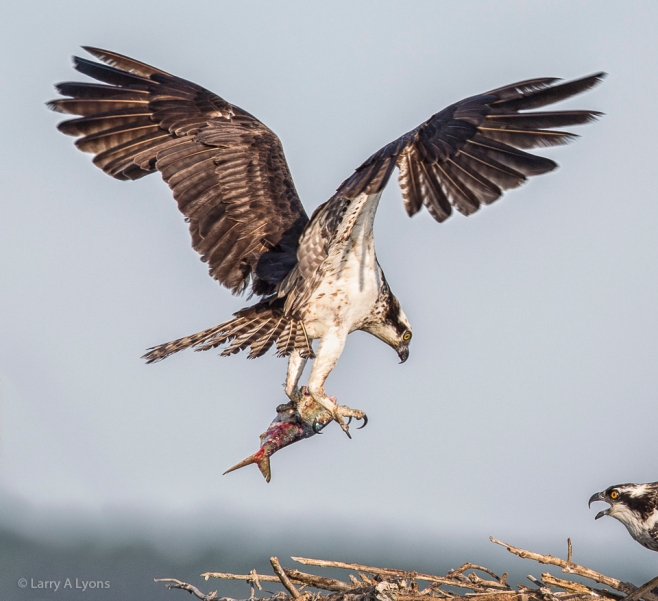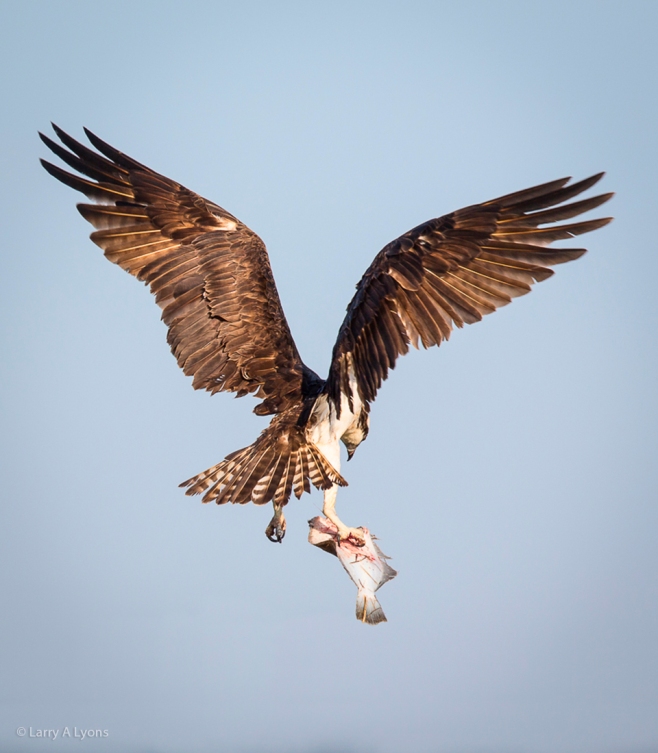Bald Eagle Photography at Conowingo Dam
Conowingo Dam is a hydroelectric dam situated on the Susquehanna River in Maryland just five miles south of the Pennsylvania border. It is an area where bald eagles tend to congregate particularly in November to about mid-December. It just so happens…… where bald eagles congregate so do photographers with their long lenses. On any given day during this period you will probably find a hundred or more photographers and they come from all over. When I was there last week coming from New Jersey, we parked next to a van with three gentlemen from Toronto, Canada and I set-up my tripod between a lady that just flew in from Dallas, Texas and a gentleman from Maryland of all places.
The dam has 11 turbine units – four high capacity units and seven low capacity units. The more units that are operating in a given day, the more fish that pass through the turbines. The more fish often equates to a greater activity of bald eagles swooping down to collect a meal. There is a Conowingo Generation hotline (888-457-4076) that will inform you how many turbines will be operating the next day on the evening before.
Photographing bald eagles particularly when they are zooming down to capture a fish is challenging. First of all, you need to have all of your camera setting set for the best exposure and you will need to be able track the rapid action through your viewfinder. This is not easy to do. You will also need to be aware of constantly changing lighting conditions. Let me show you what I mean. The next 10 images were captured sequentially over a period of THREE seconds. All images were captured using a Canon IDX and a 600 mm lens with 1.4 teleconverter (total of 840 mm). The camera was set at a shutter speed of 1/4000th of a second, f-stop of 5.6 and ISO of 1600. The camera was set on spot metering and rapid fire.
Start time was 8:03:34 AM for Image #1:
Image #1:

‘Image #1: The Grab’ © Larry A Lyons
Image #2:

‘Image #2: Crappie Secured’ © Larry A Lyons
Image #3:

‘Image #3: Liftoff’ © Larry A Lyons
Image #4:

‘Image #4: Revving Up’ © Larry A Lyons
Image #5:

‘Image #5: The Glide’ © Larry A Lyons
Image #6:

‘Image # 6: More Power’ © Larry A Lyons
Image #7:

‘Image #7: More Lift’ © Larry A Lyons
Image #8:

‘Image #8: Increase Lift’ © Larry A Lyons
Image #9:

‘Image #9: Banking Left’ © Larry A Lyons
Image #10:

‘Image #10: Heading Home’ © Larry A Lyons
End Time was 8:03:37 AM for Image 10. If this photo sequence was captured in video, you would miss out on all those maneuvers over a period of only THREE seconds.
It is just remarkable to process what happened in just three seconds. This bald eagle swooned down from high above at lightning speed and dipped its talons just below the water surface to snag its target. Razor-sharp talons penetrated the crappie preventing any chance of escape. In the next fraction of a second, the eagle begins lift off with this three-pound walleye. Average weight of bald eagles is 9 to 12 pounds and so it is lifting perhaps thirty percent of its own weight. Then, you witness the sheer power and determination with that wingspan to maneuver itself away from the surface of the water and head home. Talk about skills! We should be in awe!
The image that I like the most is image #9 (Banking Left). What I like about this image is the way the eagle is maneuvering; the length of the wingspan; the visibility of its very lethal talons; how one of the talons is firmly holding onto the crappie; the eye of the crappie is visible; and the backlighting of the tail. Is it a perfect image? No, but what do you want from three seconds. I am just a photographer not a bald eagle.
Image #10, as well as Image #5, provide good examples how changing light conditions can so quickly change and reduce the quality of an image. The detail of the crappie is washed out in Image #5 probably because of the way the fish was turned and some of the details of the white head are lost in Image #10 once it starts flying downstream directly into the sun.
This particular bald eagle with the head and tail not entirely white is just completing its development to maturity. The immature stage of the bald eagle lasts for a period of four to five years. The plumage of the immature bald eagle, as shown below, is dark brown including its head and tail. It sometimes is mistaken as a golden eagle.
Image: Immature Bald Eagle

‘Immature Bald Eagle’ © Larry A Lyons
The immature eagle is not nearly as dramatic or regal as the mature eagle with its white head and tail except perhaps when it is looking right at you claiming its catch.
Please visit my website at www.EnviroQuestPhotography.com to see more galleries.





